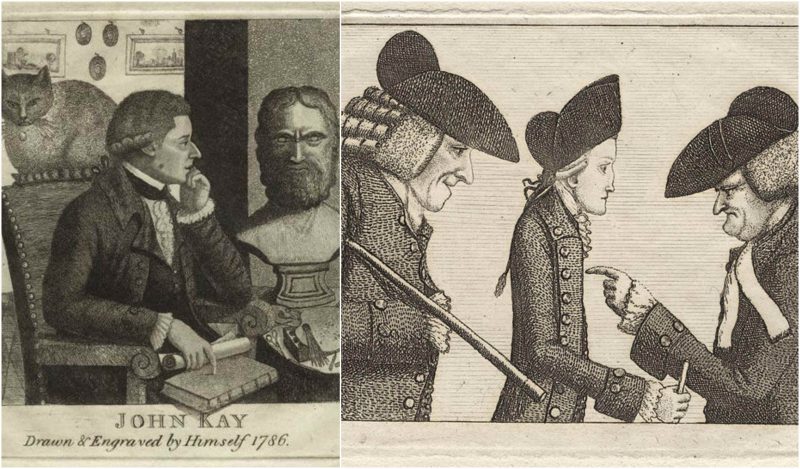John Kay was born in Scotland in 1742, near Dalkeith, Midlothian, where his father was a mason. Kay was thirteen when he became an apprentice to a barber, with whom he stayed for seven years.
It was 1771 when he moved to Edinburgh, where he enrolled as a member in the Society of Surgeon-Barbers and opened his own barber shop. When he had no customers and no work to do, Kay was drawing portrait sketches and caricatures of well-known characters in the city.
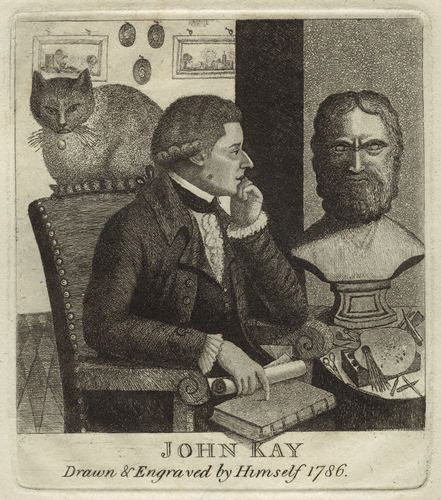
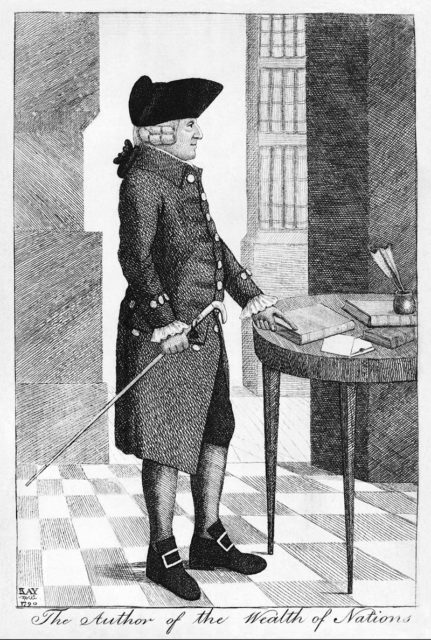
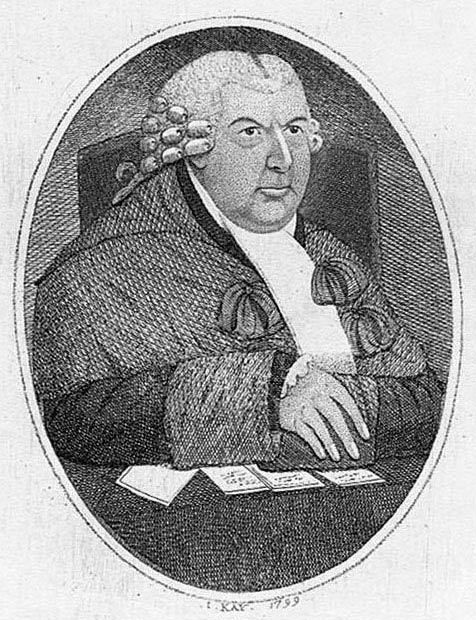
He was highly original in his drawings even though he never had an artistic education. He published his first caricature of Laird Robertson in 1784, and got the interest of William Nisbet of Dirleton, who settled an annuity upon him. So the next year, Kay was able to give up his work as a barber to pursue a career in drawing. He closed his barber shop and opened a small print shop in Parliament Close where he sold his etchings.
Kay drew almost every notable Scottish figure from the 18th century. It has been calculated that he etched almost nine hundred plates from 1784 to 1822. Although there were many who enjoyed his drawings, there were also some Scotsmen who bought the portraits of themselves only to destroy them, because of their satirical nature. From 1811 to 1816, Kay contributed many of his portraits to the annual exhibitions of the Edinburgh Associated Artists.
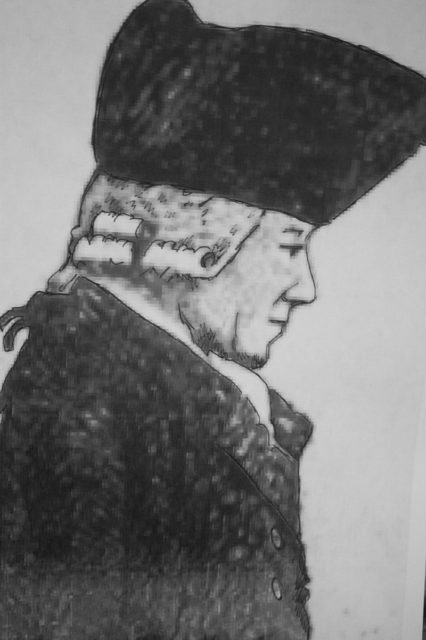
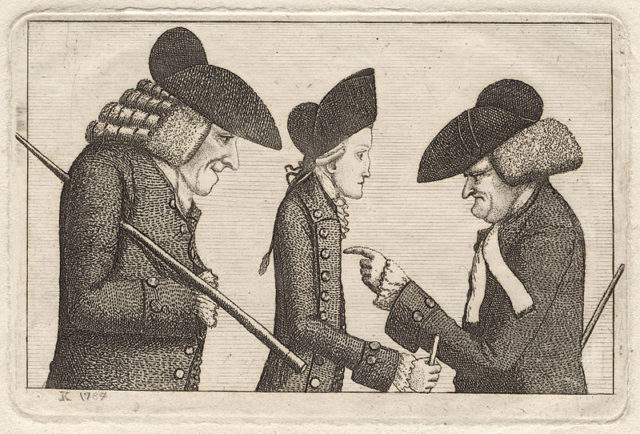
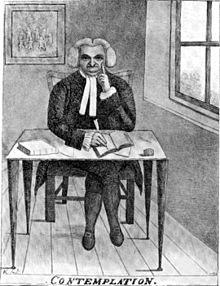
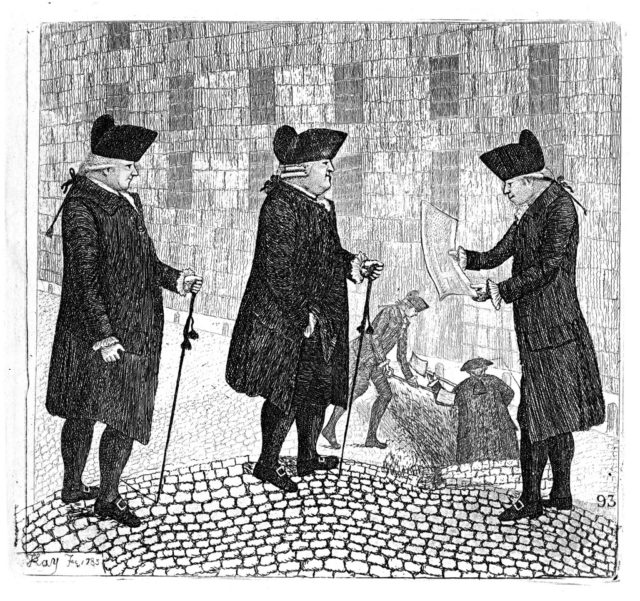
1842. Photo credit
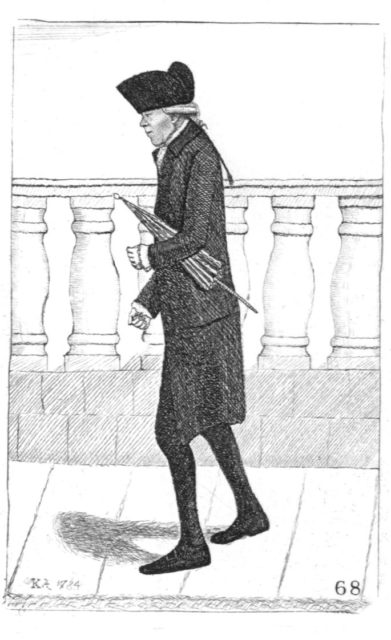
The very few facts known about Kay’s life are written in his short biographical sketch that he wrote and intended to publish in 1792, although he didn’t manage to complete this project.
His famous shop on the Royal Mile burned down in the Great Edinburgh Fire in 1824 and two years later, in 1826, Kay died at the age of 84.
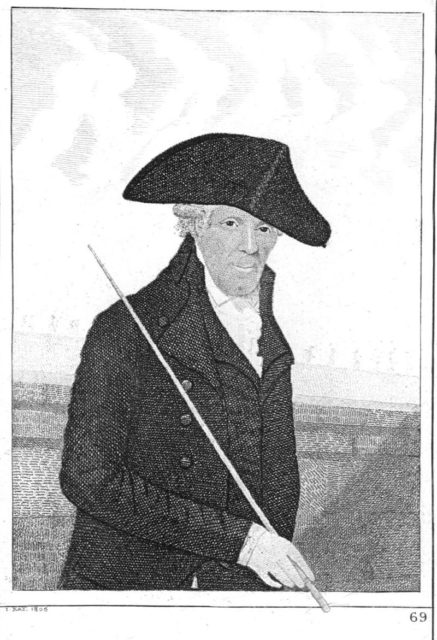
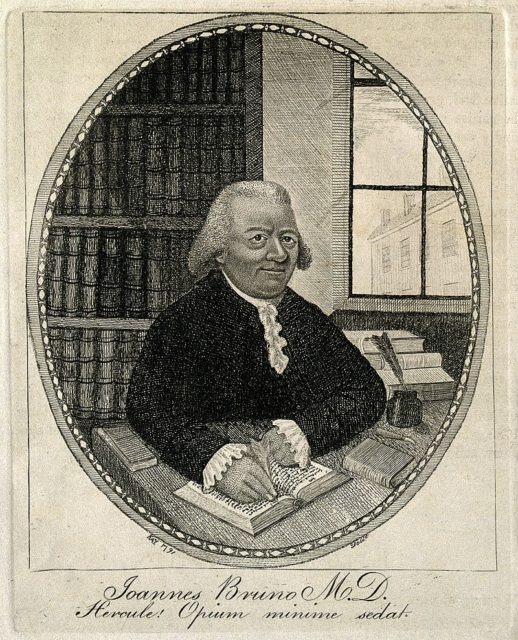
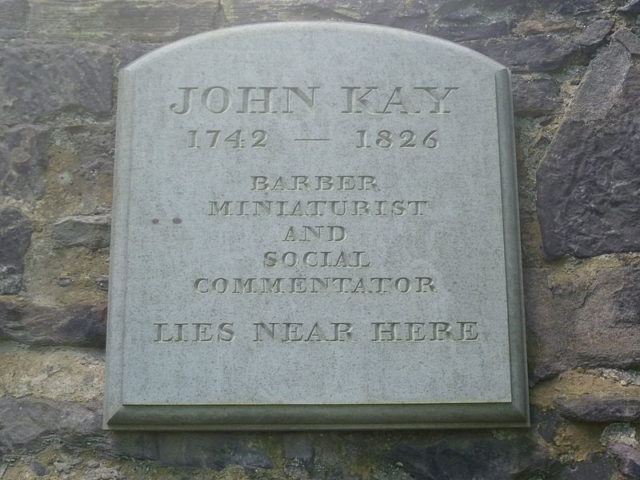
He was buried at the north end of Greyfriars Kirkyard. His short biography and collection of 340 sketches were published in 1838, more than ten years after his death.
